Home>Articles>How Much Does It Cost To Raise A Ceiling By 1 Foot


Articles
How Much Does It Cost To Raise A Ceiling By 1 Foot
Modified: January 19, 2024
Find out the cost of raising a ceiling by 1 foot with detailed articles. Discover the expenses involved and make an informed decision.
(Many of the links in this article redirect to a specific reviewed product. Your purchase of these products through affiliate links helps to generate commission for Storables.com, at no extra cost. Learn more)
Introduction
When it comes to home improvement projects, one task that can make a significant impact is raising the ceiling height. By increasing the height of your ceiling, you can create a more spacious and open feeling in any room. This not only adds aesthetic value to your home but also enhances functionality by allowing for larger windows or the possibility of installing a loft or mezzanine.
However, before embarking on this project, it’s crucial to understand the factors involved and the costs associated with raising a ceiling. While the idea of a higher ceiling may sound appealing, it’s essential to weigh the pros and cons and determine if it’s the right choice for your home and budget.
In this article, we will explore the key factors to consider before raising a ceiling, the materials and tools required, the average cost of raising a ceiling by one foot, additional costs to consider, and the benefits and potential drawbacks of this project. By the end, you’ll have a comprehensive understanding of what it takes to raise a ceiling and whether it’s the right investment for you.
Key Takeaways:
- Raising a ceiling can enhance visual appeal, increase natural light, and provide versatile design possibilities, but it requires careful consideration of factors such as structural integrity, permits, and potential drawbacks like higher costs and disruption during construction.
- The average cost of raising a ceiling by one foot ranges from $500 to $1,500 per square foot, with additional expenses for structural assessments, permits, interior design, and safety measures. Consider consulting professionals and carefully weighing the benefits and drawbacks before embarking on this transformative home improvement project.
Read more: How Much Does It Cost To Raise An Attic Roof
Factors to Consider Before Raising a Ceiling
Before diving into the project of raising a ceiling, there are several crucial factors to consider. These factors will help you determine whether raising the ceiling is feasible for your space and aligns with your overall goals for your home:
Structural Considerations: One of the primary factors to evaluate is the structural integrity of your home. Raising a ceiling involves removing or altering existing structural elements such as beams or supports. It’s essential to consult with a structural engineer or a professional contractor to assess the feasibility of raising the ceiling without compromising the stability of your home.
Permits and Regulations: Depending on your location, there may be specific building codes and regulations governing ceiling height modifications. It is crucial to check with your local building authority to ensure that you obtain the necessary permits and abide by any regulations before proceeding with the project.
Architectural Style: Raising a ceiling can drastically change the overall look and feel of a room. Consider the architectural style of your home and how a higher ceiling will harmonize with the existing design. It’s important to ensure that the new ceiling height complements the overall aesthetic of your space.
Functionality: Assess how raising the ceiling will impact the functionality of the room. Will it allow for better lighting, improved ventilation, or the possibility of installing features like ceiling fans or recessed lighting? Consider how the increased ceiling height aligns with your lifestyle and the specific purposes of the room.
Cost: Raising a ceiling is not a small undertaking and can involve significant costs. It’s essential to evaluate your budget and determine if the expenses associated with raising the ceiling are justifiable in terms of the value and benefits it will bring to your home.
Aesthetic Considerations: Think about how a higher ceiling will impact the overall aesthetics and visual appeal of the space. Raising the ceiling can create a more grand and spacious ambiance, but it may also affect the proportion and scale of your furniture and décor. Consider if a higher ceiling will enhance the aesthetic appeal of your room or potentially create design challenges.
By carefully considering these factors and conducting a thorough assessment, you can make an informed decision about whether raising the ceiling is the right choice for your space and aligns with your vision for your home.
Materials and Tools Required
Raising a ceiling requires specific materials and tools to ensure a successful and safe project. Here are some of the key items you will need:
- Construction Materials: You will need construction materials such as lumber, drywall, insulation, and fasteners to build the new ceiling structure. The quantity of these materials will depend on the size of the area you plan to raise the ceiling.
- Support Beams: To create the new ceiling framework, you may need support beams or joists to bear the weight of the ceiling. These beams will provide the necessary structural support.
- Drywall and Joint Compound: Once the new framework is in place, you will need drywall sheets and joint compound to cover and finish the ceiling surface. Drywall is typically the most common material used for ceiling finishes.
- Insulation: Proper insulation is essential for temperature control and soundproofing. Depending on the existing insulation, you may need to add or replace insulation in the newly raised ceiling area.
- Tools: Some of the tools required for this project include a saw, drill, measuring tape, level, hammer, screwdriver, drywall knife, and a ladder or scaffolding to work at elevated heights.
- Safety Equipment: It’s crucial to prioritize safety during any home improvement project. Make sure you have protective gear such as goggles, gloves, a dust mask, and a hard hat if necessary.
When gathering materials and tools, it’s essential to select high-quality products that are appropriate for the specific project requirements. Investing in good materials and tools will ensure a durable and professional-looking result.
It’s worth noting that the specific materials and tools required may vary depending on the unique characteristics of your space and the complexity of the project. It’s always recommended to consult with a professional contractor or an experienced builder to determine the exact materials and tools needed for your particular ceiling-raising project.
Average Cost of Raising a Ceiling 1 Foot
The cost of raising a ceiling can vary depending on several factors, including the size of the room, the complexity of the project, and the location. However, it’s helpful to have a rough estimate of the average cost to raise a ceiling by one foot.
On average, the cost of raising a ceiling by one foot can range from $500 to $1,500 per square foot. This cost includes materials, labor, and any additional expenses associated with the project. Keep in mind that this estimate can fluctuate based on factors such as the materials chosen, the need for structural modifications, and whether you hire a professional or choose to do it yourself.
When calculating the overall cost, it’s essential to consider the following factors:
- Labor Costs: Hiring a professional contractor will add to the overall cost but ensures expertise and quality workmanship. Labor costs can vary based on the contractor’s experience, location, and the complexity of the project.
- Materials Costs: The type and quality of materials you choose will impact the overall cost. Opting for high-quality materials may result in a higher upfront cost but can provide better durability and aesthetics in the long run.
- Structural Modifications: If structural modifications are necessary to raise the ceiling, additional costs will be incurred for materials, engineering analysis, and permits.
- Finishing Touches: Once the ceiling is raised, you may need to consider additional expenses for finishing touches such as painting, trim, lighting fixtures, or other decorative elements.
- Other Factors: Miscellaneous factors such as the cost of removing and disposing of debris, property access, and any unforeseen issues that arise during the project can also impact the overall cost.
It’s essential to obtain detailed quotes from contractors and suppliers to get a more accurate estimate for your specific project. By taking these cost factors into account and comparing quotes, you can make an informed decision about the feasibility of raising your ceiling and budget accordingly.
Remember, the cost of raising a ceiling by one foot is just an average estimate, and it’s crucial to consider your unique circumstances and consult with professionals for a more precise cost assessment.
Additional Costs to Consider
When planning to raise a ceiling, there are additional costs beyond the basic construction expenses that you should take into account. These costs can vary depending on your specific project requirements, preferences, and any necessary modifications. Here are some additional costs to consider:
- Structural Assessment: If you’re considering raising the ceiling, it’s crucial to conduct a structural assessment to ensure the existing structure can support the changes. Hiring a structural engineer or consultant to assess the feasibility can incur additional costs.
- Permits and Inspection Fees: Depending on your location and the scope of the project, you may need to obtain building permits and pay for inspection fees. These costs can vary and should be factored into your budget.
- Electrical and Plumbing Modifications: If your project involves raising the ceiling in areas with electrical wiring or plumbing fixtures, you may need to hire a licensed electrician or plumber to make the necessary modifications. These professionals will ensure that all electrical and plumbing systems are safely and correctly adjusted to accommodate the changes.
- Interior Design and Décor: After raising the ceiling, you may want to update the interior design and décor of the room to complement the new space. This can include costs for new furniture, lighting fixtures, paint, flooring, and other decorative elements to enhance the aesthetic appeal of the room.
- HVAC Adjustments: Raising the ceiling can affect the airflow and HVAC system of the room. You may need to have your heating, ventilation, and air conditioning system recalibrated or modified to ensure proper functionality and temperature control.
- Safety Considerations: Depending on the height and accessibility of the raised ceiling area, you might need to install safety features such as handrails, guardrails, or improved lighting. These safety measures prioritize the well-being of occupants and may require additional costs.
It’s important to account for these additional costs when determining the overall budget for raising a ceiling. Consulting with professionals, obtaining quotes, and thoroughly planning for these expenses will help you avoid unexpected financial burdens and ensure a successful and well-executed project.
Remember, the specific additional costs will depend on the unique characteristics of your space and the extent of modifications required. Taking the time to carefully assess and plan for these costs will help you make informed decisions and achieve the desired results within your budget.
Before starting a project to raise a ceiling, it’s important to consult with a professional contractor to get an accurate cost estimate. Factors such as the existing structure, materials, and labor will all impact the final cost.
Read more: How Much Does Ceiling Repair Cost
Hiring a Professional vs. DIY Approach
When it comes to raising a ceiling, you have the option to either hire a professional or take a do-it-yourself (DIY) approach. Both options have their pros and cons, and it’s important to consider your skills, experience, and available resources before making a decision.
Hiring a Professional:
One of the main advantages of hiring a professional contractor or builder is their expertise and experience in handling ceiling-raising projects. They have the necessary knowledge, skills, and tools to execute the project efficiently and ensure quality workmanship.
Some key benefits of hiring a professional include:
- Expertise: Professionals have the expertise to assess your space, determine the best approach, and address any structural or technical challenges that may arise during the project.
- Safety: Professional contractors prioritize safety and are trained in handling construction tasks. They understand potential risks and take the necessary precautions to keep the project site and occupants safe.
- Time and Efficiency: With their experience and specialized tools, professionals can complete the project more efficiently in a shorter timeframe compared to attempting it yourself.
- Insurance Coverage: Reputable contractors usually have insurance coverage that protects you and your property in case of accidents or damages during the project.
- Permitting and Code Compliance: Professional contractors are familiar with local building codes and regulations and can handle the necessary permits and inspections required for the project.
However, it’s important to note that hiring a professional comes with added costs. You’ll need to budget for labor expenses, which can significantly increase the overall project cost. Additionally, the availability of reputable contractors in your area may affect the timeline of your project.
DIY Approach:
If you have a background in construction or feel confident in your ability to tackle the project, a DIY approach may be a viable option. Some advantages of taking a DIY approach include:
- Cost Savings: By doing the work yourself, you can save on labor costs and potentially have more control over the budget.
- Personal Satisfaction: Successfully completing a DIY project can be highly rewarding and give you a sense of accomplishment.
- Flexible Timeline: With a DIY approach, you have the flexibility to work at your own pace and adjust the timeline based on your availability.
- Learning Opportunity: Undertaking a DIY project allows you to learn new skills and gain hands-on experience that can be valuable for future projects.
However, it’s crucial to recognize the limitations and potential risks of taking a DIY approach. Lack of experience or knowledge can lead to mistakes and subpar results. Moreover, certain projects, such as those involving structural modifications, may require professional expertise to ensure the safety and integrity of your home.
Ultimately, the decision to hire a professional or take a DIY approach depends on your comfort level, capabilities, budget, and the complexity of the project. Consider consulting professionals for advice and estimates to help you make an informed decision that aligns with your goals and resources.
Benefits of Raising a Ceiling
Raising a ceiling can offer several benefits that can significantly improve the overall look and functionality of a space. Here are some advantages of raising a ceiling:
- Enhanced Visual Appeal: Raising the ceiling creates an illusion of spaciousness and adds a sense of grandeur to the room. This can make even small spaces feel larger and more open, giving a visually pleasing and airy ambiance.
- Increased Natural Light: Higher ceilings allow for larger windows and more natural light to enter the room, providing a brighter and more inviting atmosphere. Natural light has numerous benefits, including improved mood, enhanced productivity, and reduced energy consumption for artificial lighting.
- Better Ventilation: Raising the ceiling provides more space for the air to circulate, allowing for better airflow and ventilation within the room. This can improve air quality, reduce stuffiness, and create a healthier living environment.
- Opportunity for Architectural Features: A higher ceiling opens up possibilities for incorporating architectural features such as exposed beams, skylights, or even a loft or mezzanine. These features can add character and uniqueness to the room, creating a focal point and increasing the value of the space.
- Improved Acoustic Qualities: Raising the ceiling can potentially improve the acoustics of the room. The increased height gives sound waves more space to dissipate, reducing echoes and creating a more balanced and pleasant auditory experience.
- Versatile Design Possibilities: With a higher ceiling, you have more freedom in terms of interior design and décor. Taller walls can accommodate larger artwork, shelves, or decorative elements, allowing you to showcase your personal style and creativity.
- Added Storage: Raising the ceiling can create space for additional storage solutions such as overhead cabinets or shelving. This can help maximize the use of vertical space and provide more storage options, especially in rooms with limited square footage.
- Potential Energy Savings: Raising the ceiling may allow for better insulation and energy efficiency. With proper insulation, you can potentially reduce heating and cooling costs by maintaining a more consistent temperature inside the room.
These benefits combine to create a more comfortable and aesthetically pleasing living space. Whether you’re looking to add value to your home, create a more open environment, or improve the functionality of a room, raising the ceiling can be an excellent choice.
It’s essential to assess your specific needs and consult with professionals to determine the feasibility of raising the ceiling in your space. They can guide you in making informed decisions and help you achieve the desired results.
Potential Drawbacks of Raising a Ceiling
While raising a ceiling can have numerous benefits, it’s important to consider the potential drawbacks before moving forward with the project. Here are some potential drawbacks to keep in mind:
- Higher Costs: Raising a ceiling can be a costly endeavor. The expenses include not only the construction materials, labor, and additional costs but also the potential need for structural modifications and permits. It’s important to carefully assess your budget and ensure that the benefits outweigh the financial investment.
- Structural Considerations: Raising a ceiling involves extensive construction and potential alteration of the existing structure. This can require the expertise of professionals to ensure the structural integrity of the building is not compromised. Structural modifications can be complex, time-consuming, and may require additional permits and inspections.
- Disruption and Mess: Raising a ceiling is a significant construction project that can cause disruption and inconvenience in your home. Dust, debris, noise, and limited access to the room can disrupt your daily routine and require you to make temporary arrangements during the construction process.
- Design Challenges: Raising the ceiling can create design challenges, especially when it comes to furniture placement and proportions. Existing furniture and décor may not be suitable for the new ceiling height, and you may need to invest in new pieces or make adjustments to ensure visual harmony in the room.
- Utility Changes: Raising the ceiling may require adjustments to electrical wiring, lighting fixtures, and HVAC systems. These changes can add to the overall cost and may require hiring licensed professionals to ensure proper installation and functionality.
- Aesthetics: While a higher ceiling can enhance the overall aesthetic appeal of a space, it may not be suitable for every architectural style. Raising the ceiling can alter the proportions and character of a room, potentially deviating from the original design intent or creating an imbalance in the overall look.
- Not Suitable for Every Space: Raising the ceiling may not be feasible or suitable for every room or property. Factors such as low ceilings, load-bearing walls, or potential for disruption to neighboring units in multi-unit buildings may limit the viability of this project.
It’s important to carefully evaluate these potential drawbacks in the context of your specific space and needs. Consulting with professionals, such as architects or contractors, will help you determine whether the benefits of raising the ceiling outweigh the potential challenges, and whether it’s the right decision for your home.
By weighing the pros and cons and considering the unique characteristics of your space, you can make an informed decision that aligns with your goals and vision for your home.
Conclusion
Raising a ceiling can be a transformative home improvement project that enhances the look, functionality, and value of your space. By increasing the ceiling height, you can create a sense of spaciousness, allow for better natural light, and open up possibilities for unique architectural features. However, before undertaking this project, it’s important to carefully consider the various factors involved.
Factors such as structural considerations, permits and regulations, architectural style, functionality, and cost should all be taken into account. Hiring a professional contractor or taking a DIY approach are two options to consider, each with its own benefits and considerations. Professionals offer expertise, safety, and efficiency, while a DIY approach allows for cost savings and personal satisfaction.
The average cost of raising a ceiling by one foot can range from $500 to $1,500 per square foot, but additional costs should also be considered, including structural assessments, permits, electrical and plumbing modifications, interior design, and safety measures. These costs can vary depending on the scope and complexity of the project.
Raising a ceiling comes with numerous benefits, including enhanced visual appeal, increased natural light, better ventilation, and potential energy savings. However, it’s important to also consider the potential drawbacks, such as higher costs, structural considerations, disruption during construction, design challenges, and the need for utility changes.
In conclusion, raising a ceiling can significantly improve the overall look and functionality of a space, but it requires careful planning, evaluation, and consideration of the specific requirements of your home. Consulting with professionals, obtaining detailed quotes, and weighing the advantages and disadvantages will help you make an informed decision and achieve the desired results. Ultimately, by weighing all these factors, you can determine if raising a ceiling is the right investment for your home and if it aligns with your goals and budget.
Frequently Asked Questions about How Much Does It Cost To Raise A Ceiling By 1 Foot
Was this page helpful?
At Storables.com, we guarantee accurate and reliable information. Our content, validated by Expert Board Contributors, is crafted following stringent Editorial Policies. We're committed to providing you with well-researched, expert-backed insights for all your informational needs.
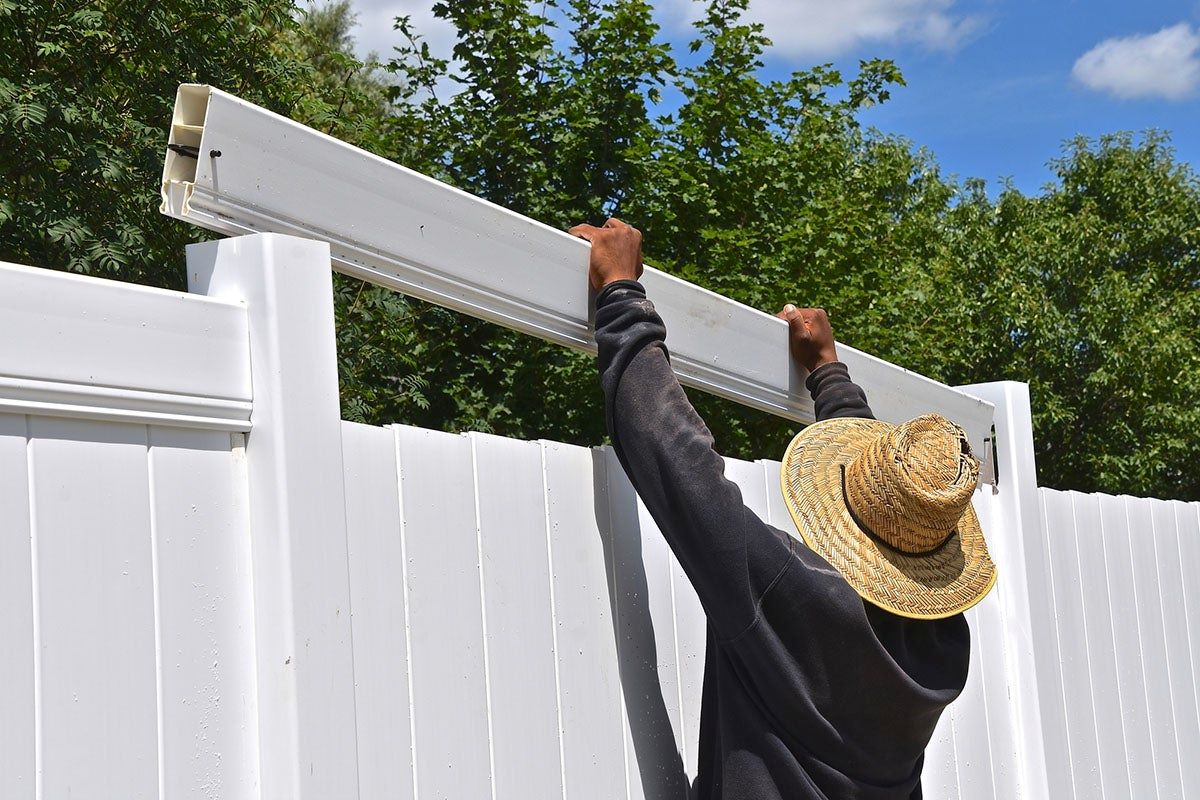
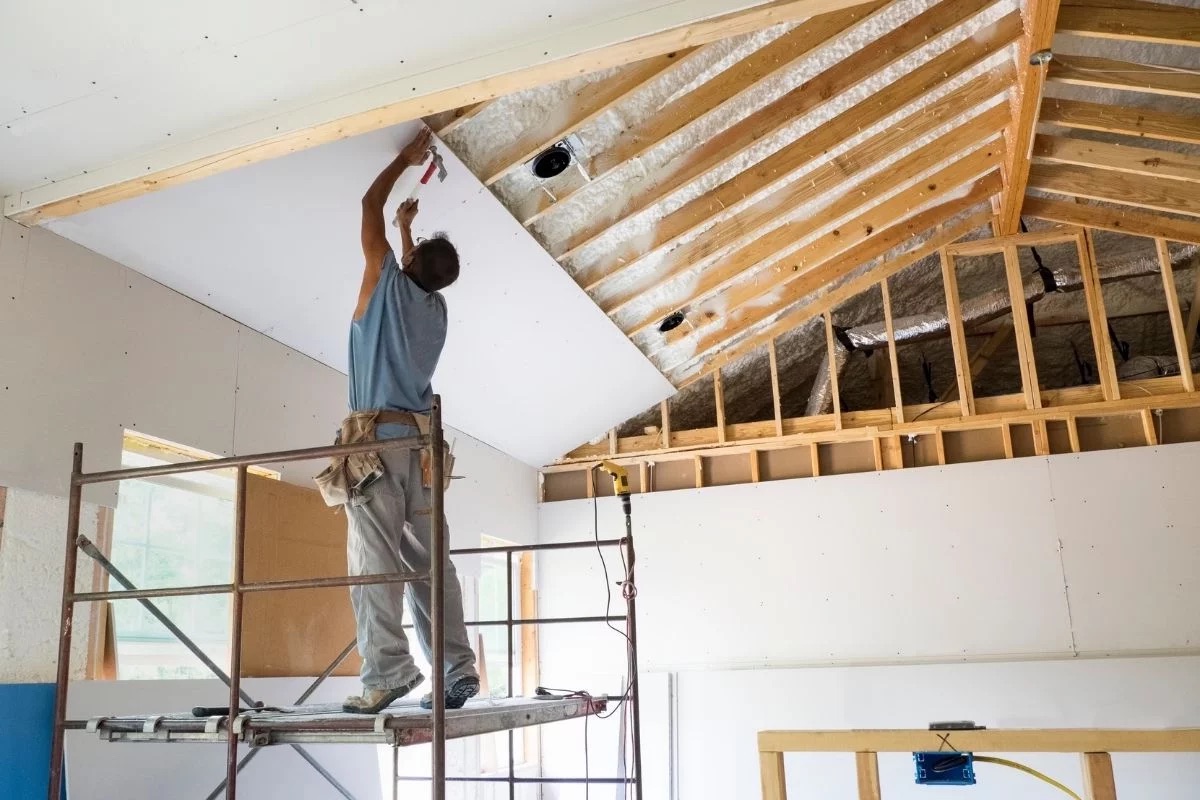
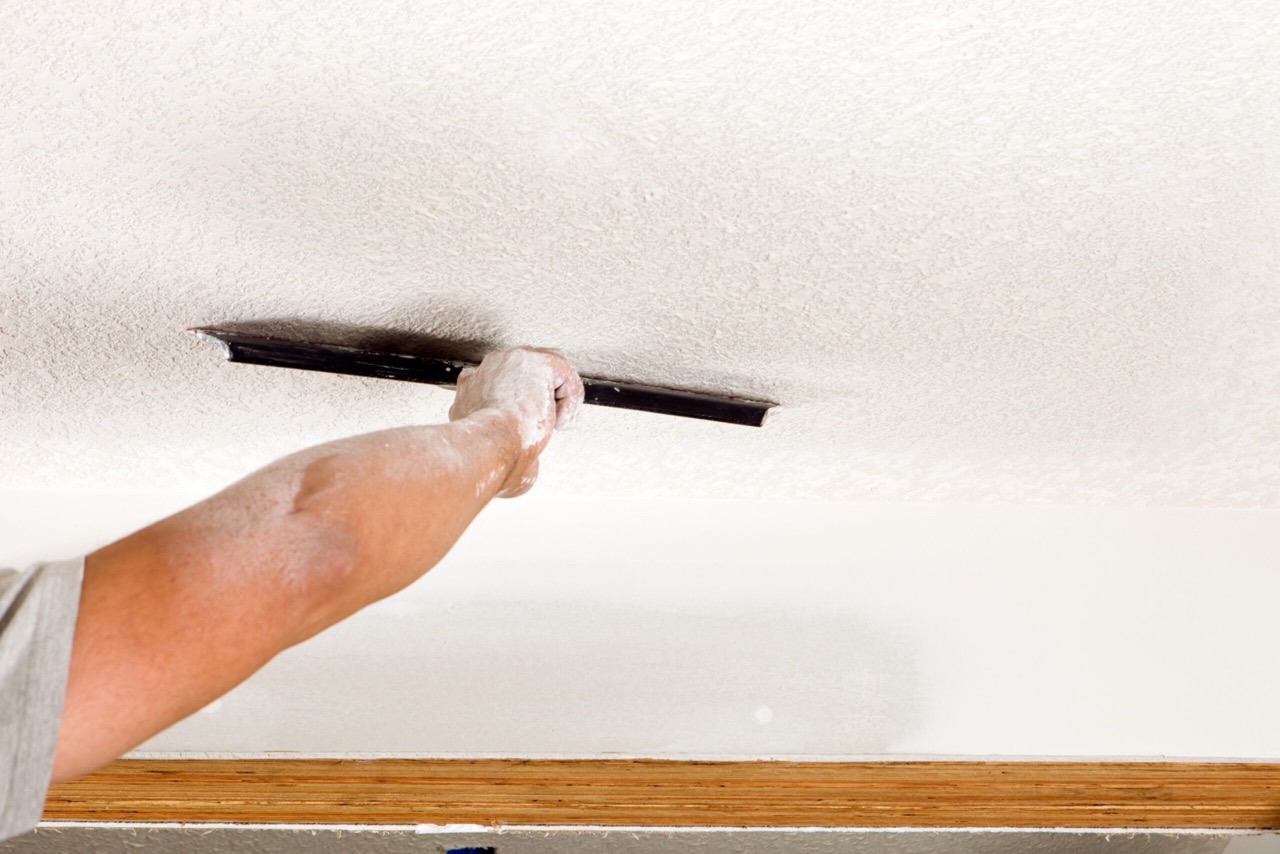
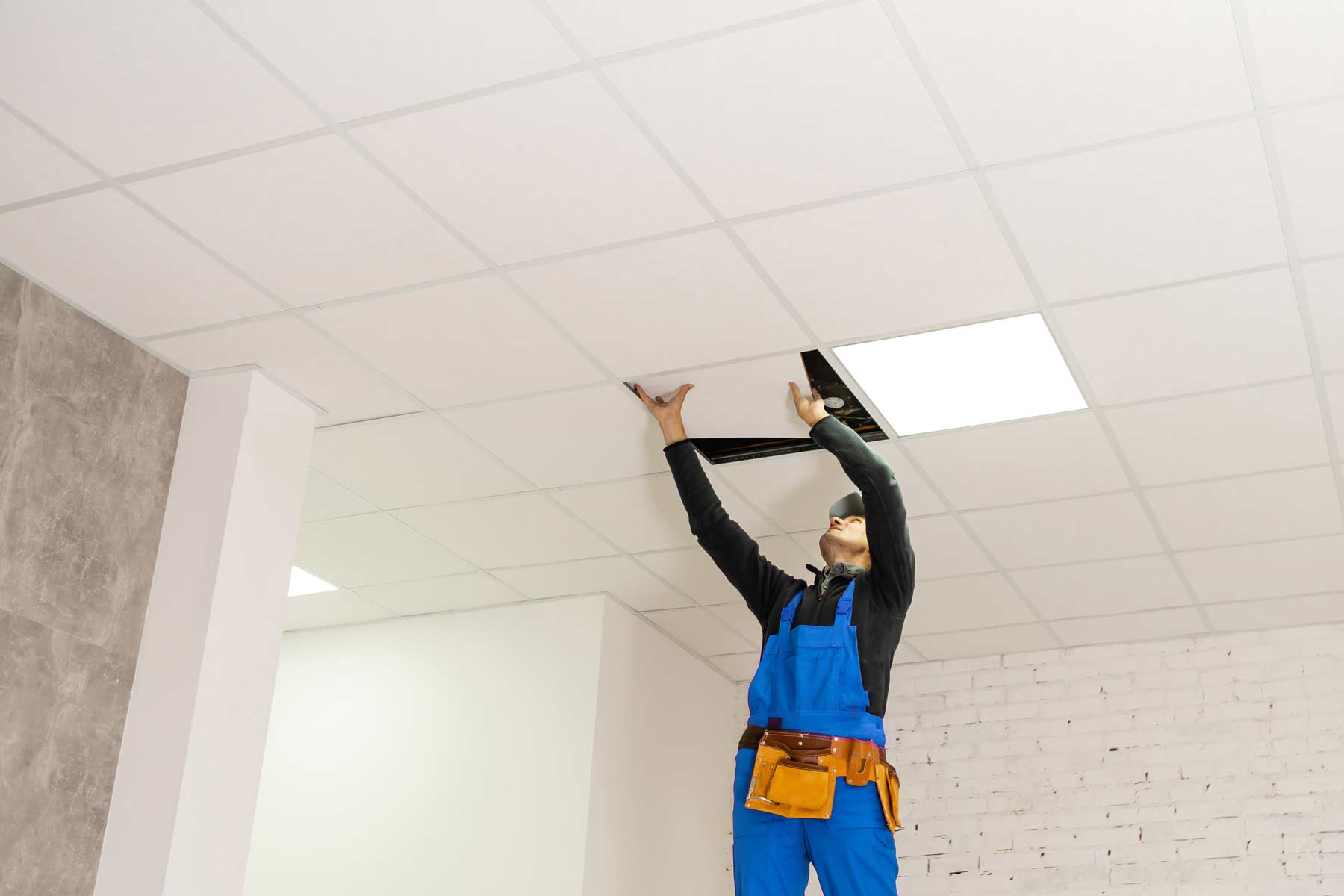

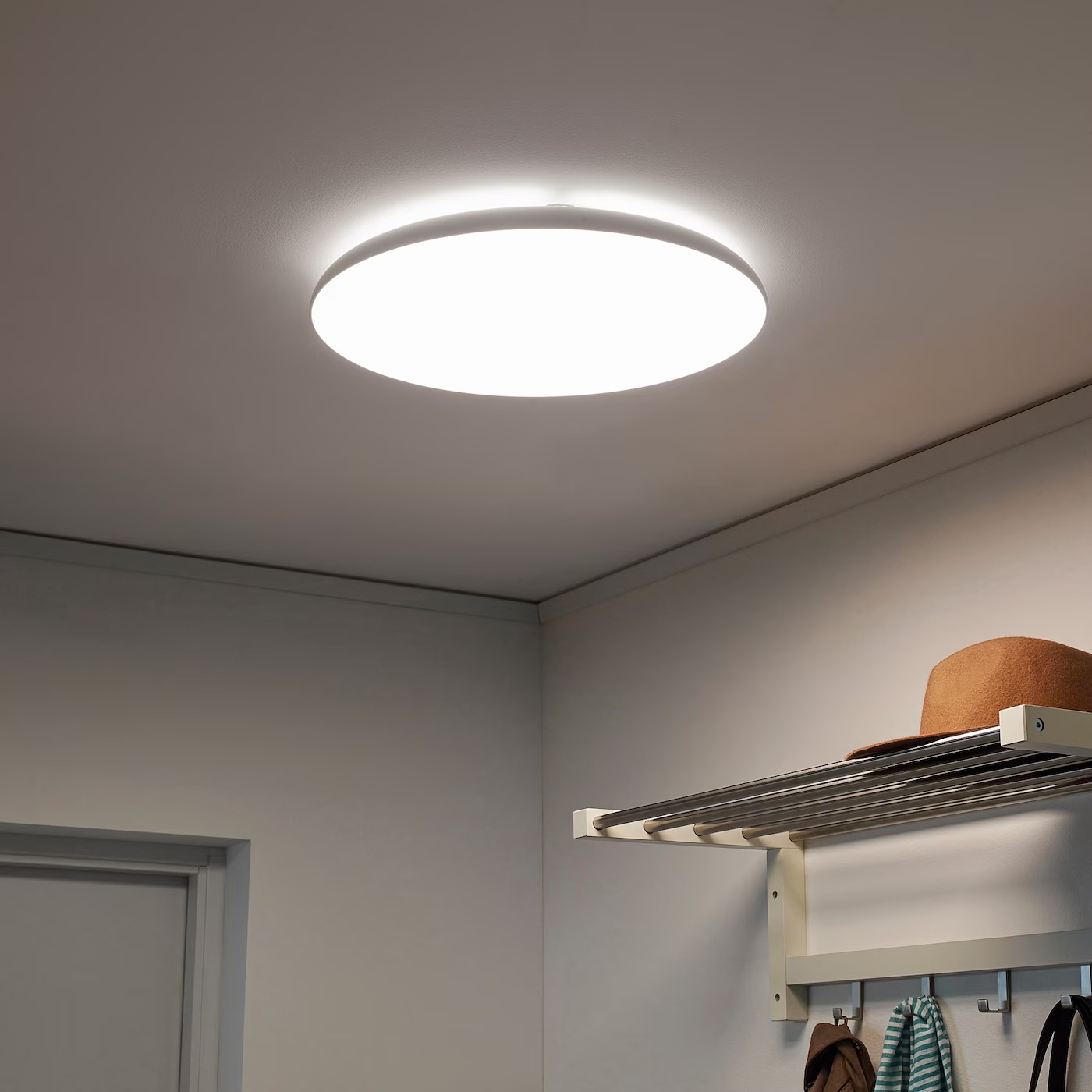
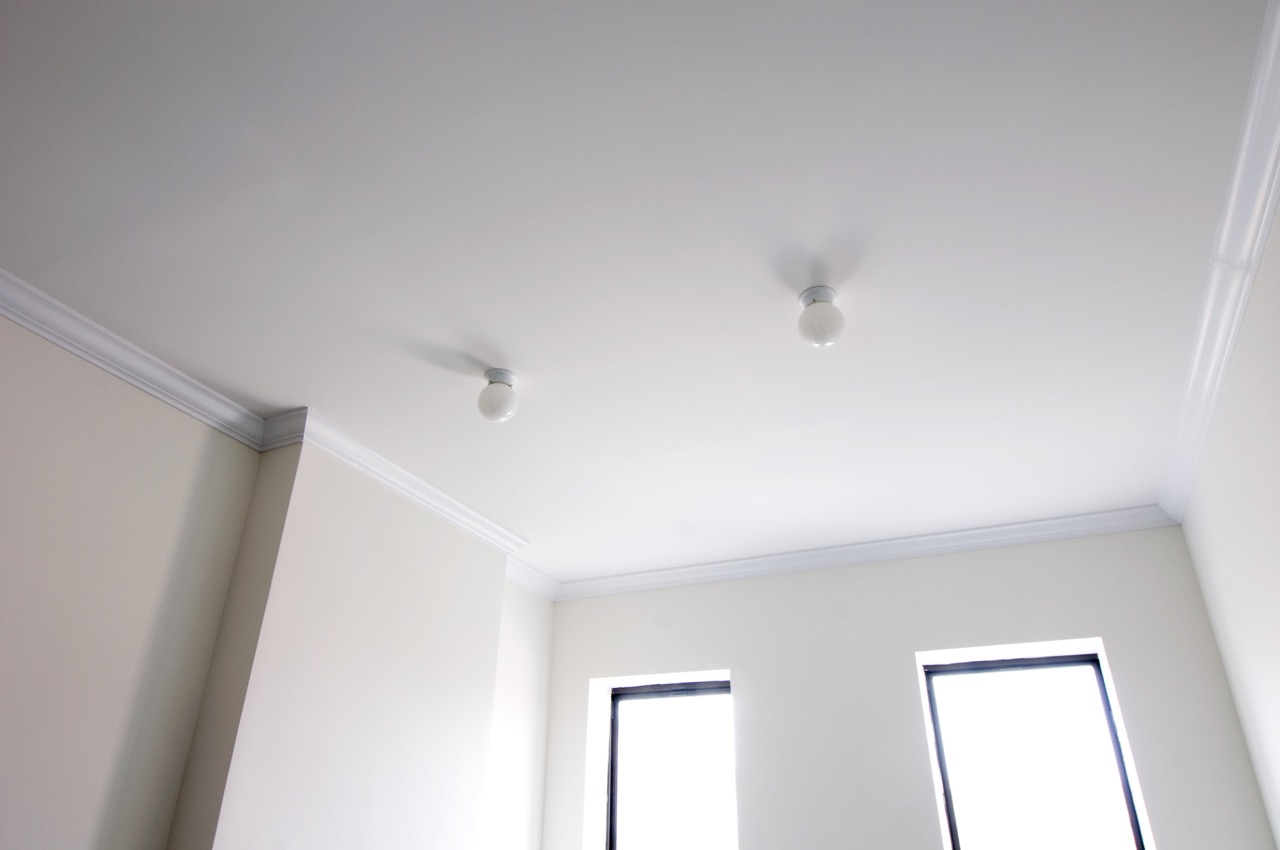
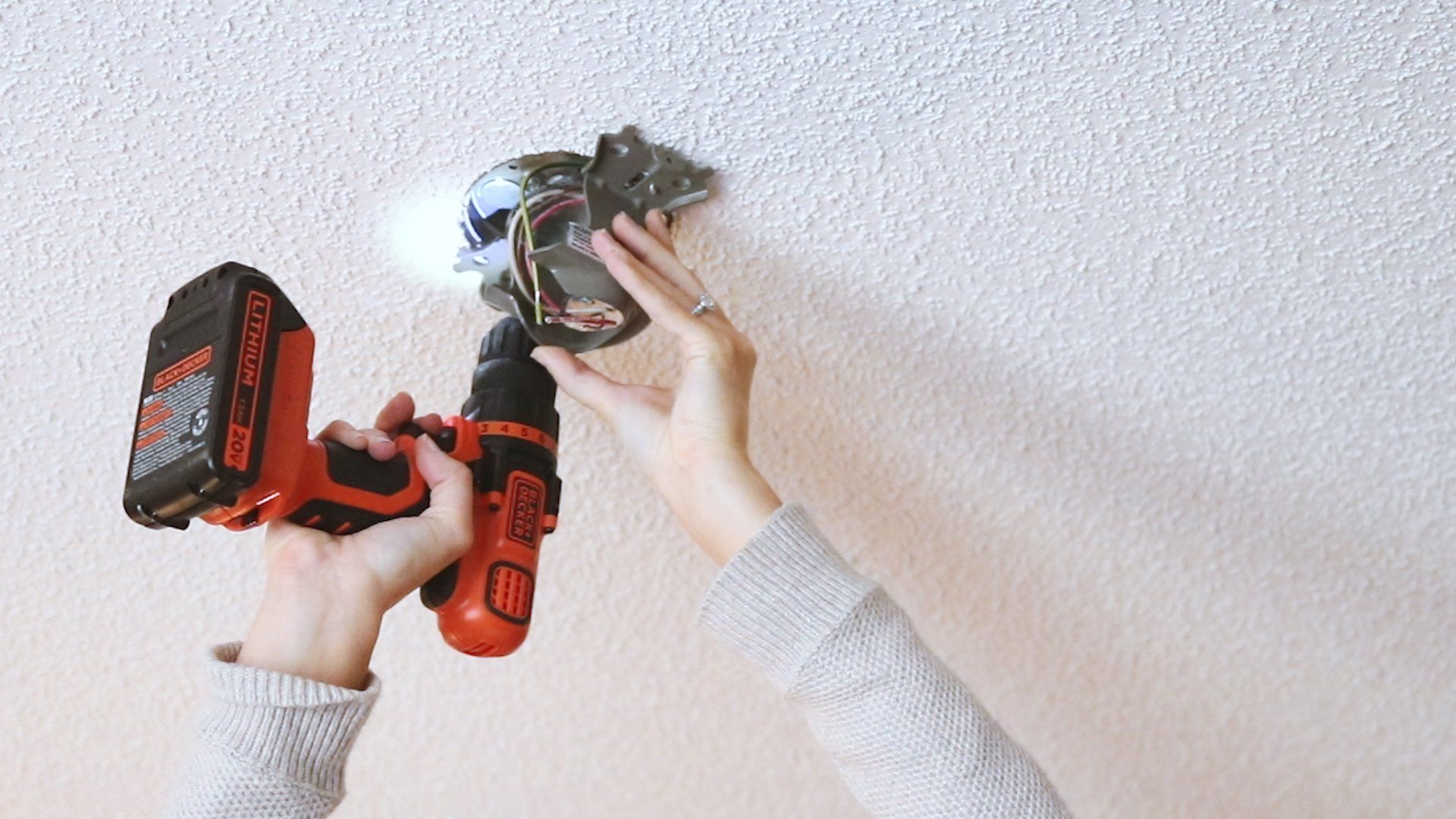
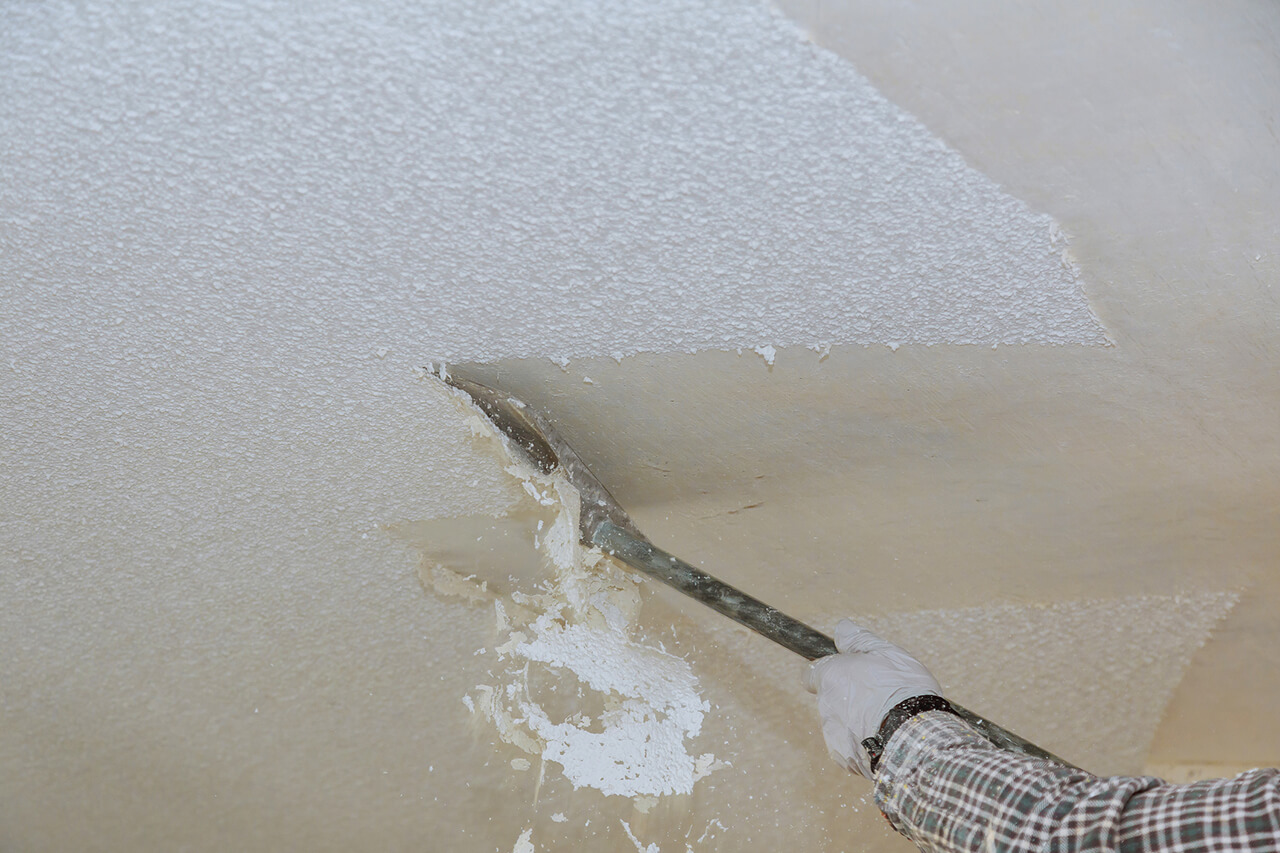
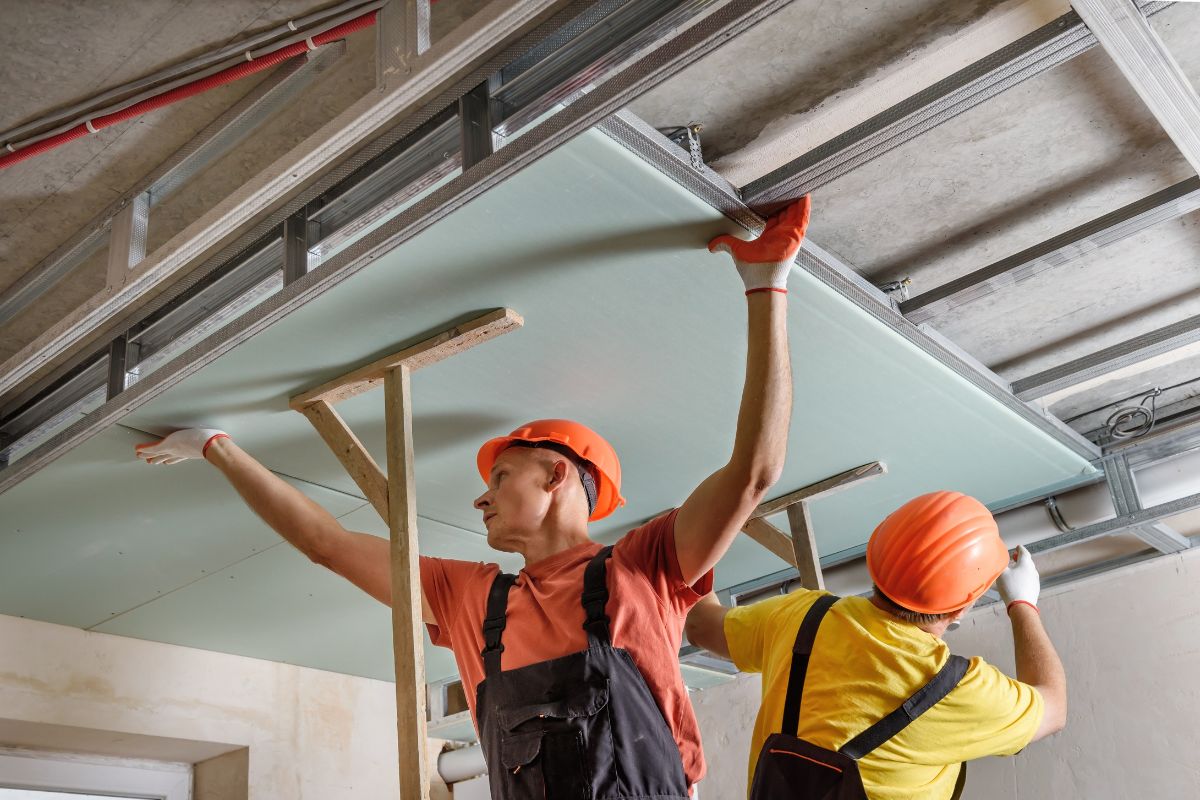
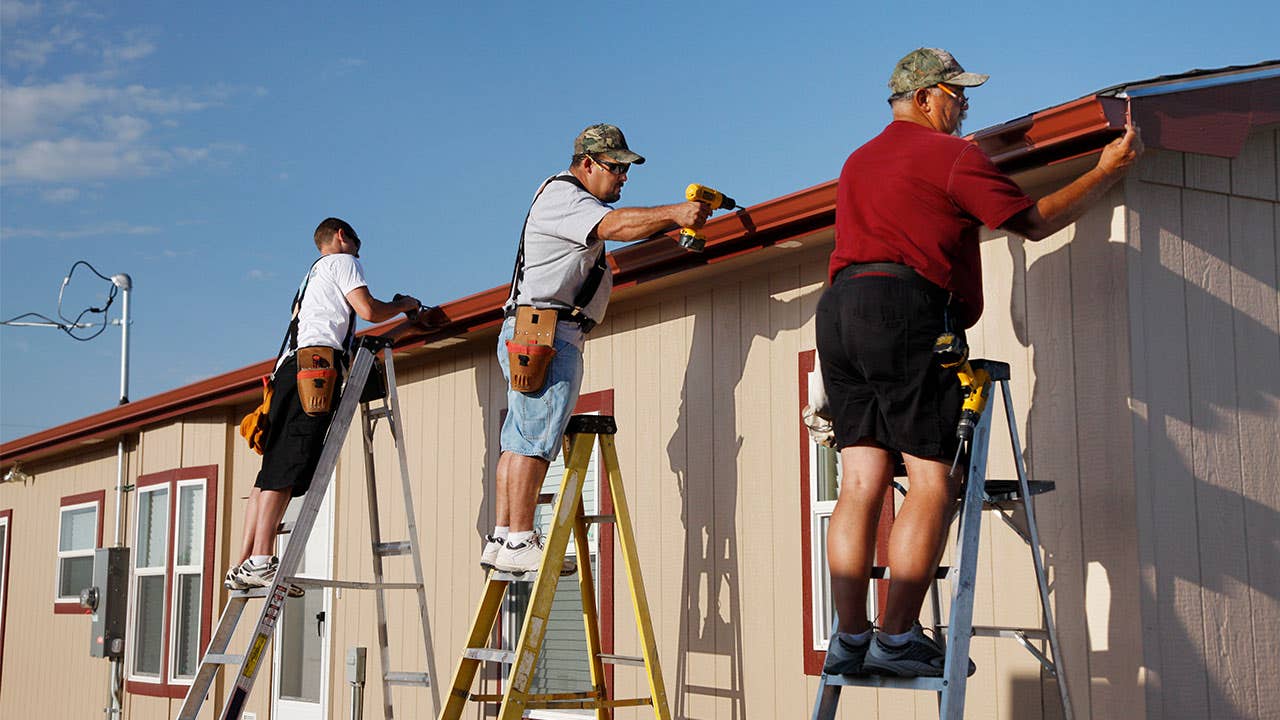




0 thoughts on “How Much Does It Cost To Raise A Ceiling By 1 Foot”